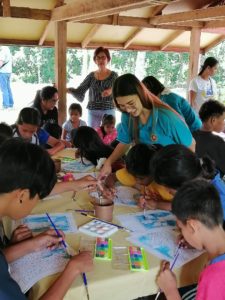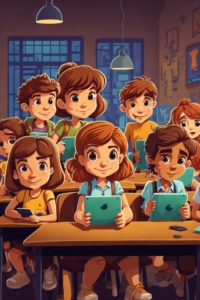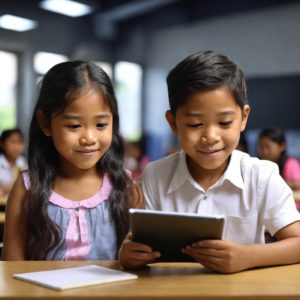For education to be truly effective, it must go beyond the traditional methods of rote memorization and passive learning. This article explores the importance of experiential learning and the integration of technology and gamification to create immersive and engaging educational experiences. By understanding the different levels of learning, avoiding mismatches in teaching methodologies, and leveraging technological advancements, we can transform the way knowledge is transferred and empower learners in their educational journey.
Levels of Learning and Teaching Methods
The organized school is the primary means of obtaining education in modern society. As such, its role is to provide an environment in which ideas and principles are presented to the learner in an orderly and systematic process. For example, a child is first taught counting, before addition, and then multiplication. It provides a controlled environment wherein a student can learn without being overwhelmed by the immensity of the sheer number of ideas available.

Knowledge and skills are transferred to their learner at different levels, with each level utilizing a different method of teaching. The lowest of these levels is the rote method of learning, wherein students are made to remember ideas by memorization, commonly used when teaching symbols like the letters of the alphabet and the sound each letter makes or the symbols used in counting (e.g. one, 2, III).
The next level would be manipulation of the memorized items such as when letters are combined to make words. Another example is when after learning to count, children are taught to add the counts of the entities handled.
Moving on, the next level is understanding the rules and relationships existing among the manipulated objects. In language subjects, rules of grammar are taught to students for them to understand the proper construction of sentences; in mathematics, the order of operations is presented after learners are taught their basic arithmetic; in science, the food web and water table are examples of learning relationships among previously presented ideas. Furthermore, rules governing relationships are also introduced: like what happens when dividing by zero or how to identify run-on sentences.
Mismatching Methodology and Learning Levels
A prevalent mistake committed by schools is mismatching the methodology used with the level of learning being handled. One common occurrence of this is using rote memorization when an explanation of an underlying principle is necessary. For example, making the students memorize the multiplication table without explaining to them the idea of multiplication (which is the repetition of similar counts). This mismatching can lead to either lead to oversimplification or over-complication of lessons.
A school differentiates itself from other schools by the quality of the environment it creates, how relevant the ideas it teaches are to the society it operates in, and how practical its teachings are to the life of the student. This also means matching the level of learning with the activities being conducted.
John Dewey, a philosopher and education reformer, is best known for his philosophy of experiential learning, better described by his words “learning by doing.” According to him, theoretical knowledge can be better understood with the practical application of the idea. This is similar to the philosophy put up earlier by Immanuel Kant: that we can only understand what we experience. An excursion to the local nursery can teach so much more to a child about plants than just reading static text in a book.

So, for a school to be effective in transferring knowledge to its learners, it is important that it be able to provide experiences that are as close as possible to the real world. Any deficiency by the school will retard the ability of the learner to navigate through society. However, it can be conceded that there are times when certain activities will require more resources from the institution than it can provide, such as learning about geographical landmarks or setting up science experiments. In those cases, a suitable substitute experience must be provided.
Incorporating Technology for Substitute Experiences
Fortunately, advances in electronics and manufacturing have made it possible for people to produce technologies to aid in knowledge-based tasks. Simulation and virtualization used to be just buzzwords with emerging technologies but have now become a reality. Space exploration missions go through multiple computer simulations to understand and mitigate risks before any launch is done. Synthesis of chemicals used in modern drugs is first modeled in a computer to be able to comprehend its effects and implications. So, it isn’t incomprehensible to apply such methods in teaching the new generation of learners. Modern technology can be used to provide substitute activities for learners when it is difficult to experience the actual thing. A child in the Philippines can experience the sights and sounds of Japan through a pre-recorded video. A high school student need not fire a gun to appreciate the principles of ballistics, a current-generation video game can already provide a sufficient simulation.
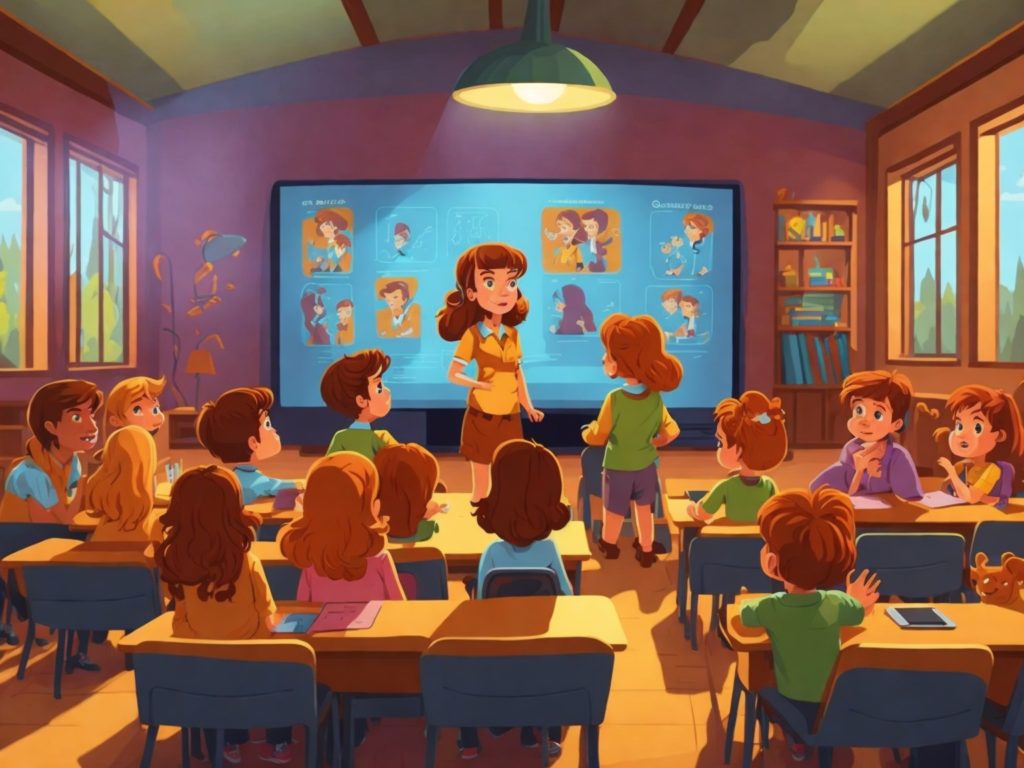
The incorporation of sights and sounds into a lesson presentation is a welcome development as it provides a multi-sensory approach to education. The use of audio and video are not recent developments in the realm of education though. Film reels have been in use in classrooms since the 1960s. What is now becoming more and more ubiquitous is the use of computers in the classroom. However, it often happens that the computer is relegated to being a mere media player or a glorified slide presenter; and unless the classroom instructor provides engaging activities afterward, the students are still just passive recipients of information despite the presence of this modern electronic wonder. The capabilities of the machine must be used to enhance the participation of the learner in the classroom, otherwise, the learning espoused by Dewey will not be fully realized. Interactivity must be a consideration when making digital lessons to make the subject matter immersive and engaging, which then can make it a suitable substitute experience.
Enhancing Engagement through Gamification and Interactivity
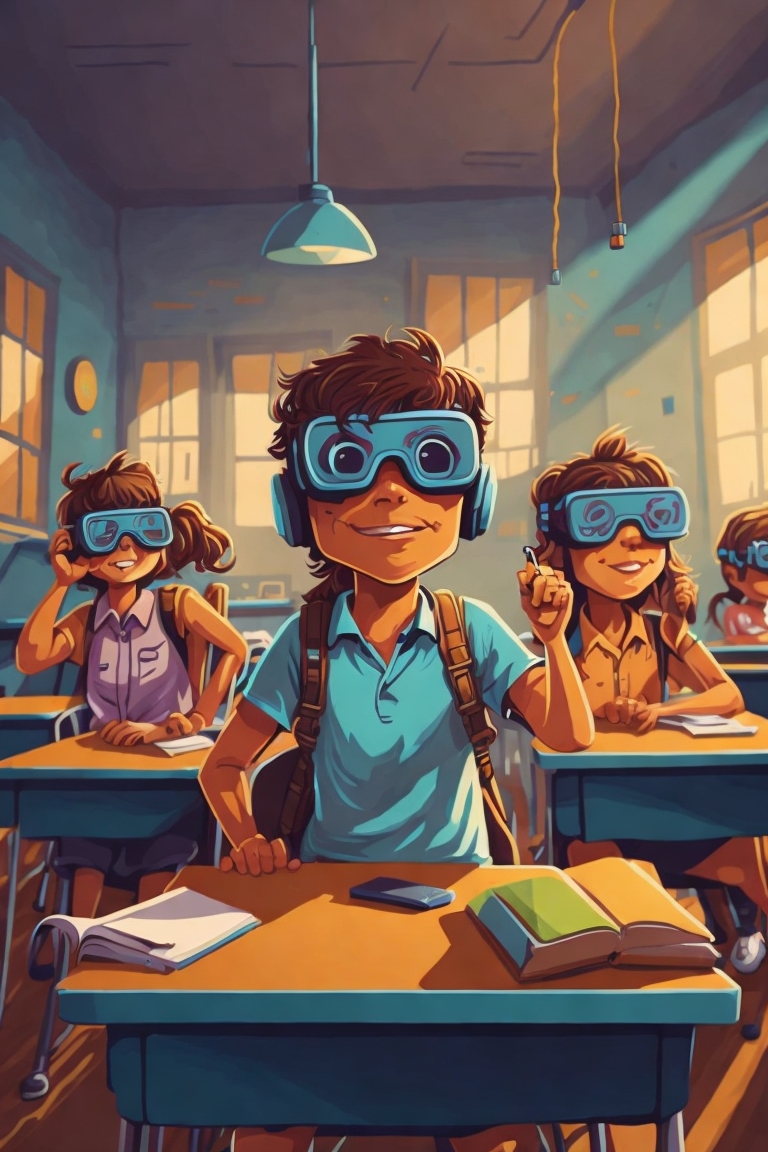
Consider the case of presenting a story to a group of children. While we can provide additional bells and whistles by using pictures and sound effects, the learner still just remains fixed to his/her seat until the narration is over, akin to watching a movie. Contrast this to playing a visual novel. The story elements may be the same but by providing branching choices to the reader, he/she now has a sense of control over the narrative. Providing multiple endings, ranging from pleasant to unpleasant, the reader becomes engaged and aware of the consequences of their choices. Any moral of the tale will have much more weight than just having it presented at the end of the story.
Gamification of a lesson can also be an effective teaching tool that goes beyond the subject matter. A TED-Talk presentation by Mark Rober, a popular YouTuber and former NASA and Apple engineer, discusses in length how he gained the principles of learning through playing the video game Super Mario Bros. Games, he mentioned, providing set goals (reaching the end of the stage), a set of rules (touching enemies will kill your character) and opportunities for incremental learning. Inherent to games is a sense of interactivity with the participant, and interactivity is the necessary element to increase interest in the activity. A quick look at the revenue of movies vs video games shows that the video game industry makes eight times more than the movie industry (source: https://gameserrors.com/gaming-vs-movie-industry-revenue/). It means people are willing to spend more for an engaging activity over a passive one. Learning organizations like Brilliant.org have capitalized on this idea and they have created a business model based on interactive learning. Interactive learning also extends beyond the digital realm. Companies like CrunchLab (founded by Mark Rober) and KiwiCo sell hands-on learning kits teaching children different lessons on several disciplines –carrying on the spirit of John Dewey.
The contemporary school has access to so much technology. However, unless this technology is harnessed properly, its effectiveness in teaching can be dampened. The use of modern software and equipment to enhance the learning environment must still be grounded on sound educational principles. Experiential learning espoused by John Dewey and others like him, is effective in helping learners retain more information and develop critical thinking. The school must therefore provide venues and opportunities for its learners to engage in experiential learning. Should it be found difficult to do so, a substitute experience can be provided. Digital learning having a sufficient degree of interactivity with the learner may be a cost-effective proxy for the actual experience. Time and resource investments in this area can provide productive returns, both tangible and intangible, for a learning organization.
Academ-e is investing heavily in developing more interactive content to complement and eventually replace the video lessons, printable handouts, and online quizzes we currently deploy. With the inevitable full digitalization of education, Academ-e aims to be at the forefront of providing interactive multimedia learning experiences to Filipino students. Email us at inquiry@academ-e.ph for more information.


